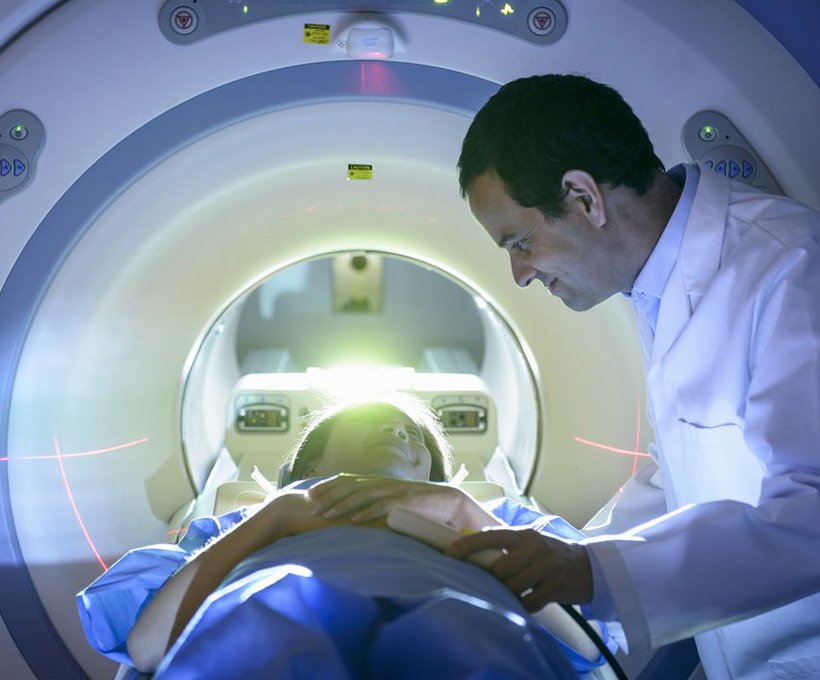
Diffusion Tensor Imaging (DTI) is an advanced neuroimaging technique that allows researchers and clinicians to visualize the microstructural integrity of white matter tracts in the brain, making it a valuable tool for detecting and assessing traumatic brain injuries (TBIs). Unlike conventional imaging methods like MRI or CT scans, which primarily provide structural information about the brain, DTI provides unique insights into the organization and connectivity of neural fibers.
In the context of TBIs, DTI is particularly useful for identifying and quantifying subtle changes in white matter integrity that may not be apparent on traditional imaging modalities. When the brain experiences trauma, such as rapid acceleration or deceleration forces, the microstructural integrity of axons within white matter tracts can be compromised, leading to alterations in the diffusion of water molecules along these fibers.
Diffusion Tensor Imaging (DTI)
DTI measures the diffusion of water molecules within the brain tissue, known as water diffusion tensor, and generates images representing the directionality and magnitude of diffusion in three dimensions. By analyzing these diffusion patterns, researchers can infer the underlying microstructural properties of white matter tracts, such as axonal density, axonal orientation, and myelin integrity.
In the context of TBIs, DTI can detect abnormalities indicative of axonal injury, such as decreased fractional anisotropy (FA), increased mean diffusivity (MD), and altered diffusion tensor eigenvalues. These changes reflect disruptions in the spatial organization and coherence of white matter fibers, providing valuable insights into the extent and severity of axonal damage associated with TBI.
Clinically, DTI is used to localize and quantify white matter abnormalities in TBI patients, aiding in diagnostic assessment, treatment planning, and prognostic evaluation. By identifying specific regions of white matter pathology, clinicians can better understand the functional implications of TBI-related injuries and tailor therapeutic interventions accordingly.

